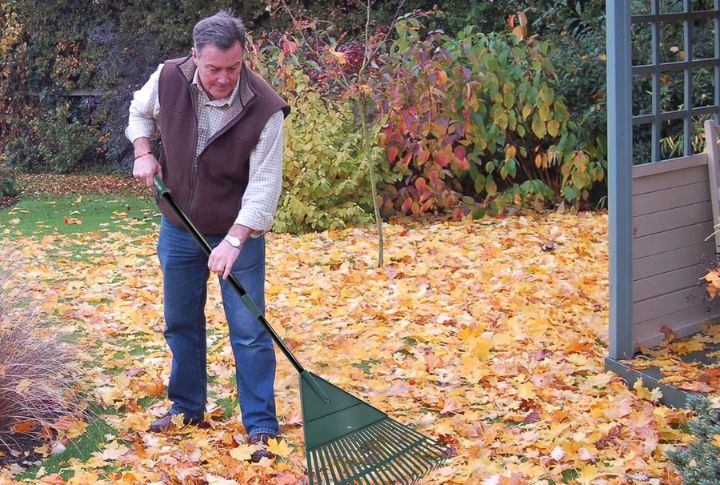
Autumn sparks a lot of “advice” that can actually confuse your gardening routine. People follow trends that slow down growth and stress plants without realizing it. It’s time to separate fact from fiction before your yard pays the price. Here are the autumn gardening myths you should stop believing so your garden continues to thrive.
Stop Mowing When Fall Arrives
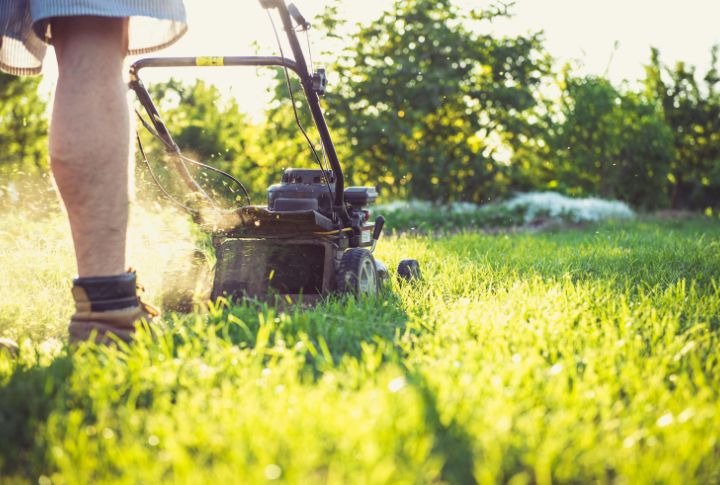
Contrary to what many believe, grass doesn’t get the memo to stop growing just because autumn arrives. While temperatures remain mild, lawns continue to grow—and neglecting them can lead to matted tangles that invite unwelcome snow mold. Maintain a healthy three-inch height through fall, then trim to 1.5-2 inches for that vital final cut.
Fallen Leaves Should Decompose Naturally
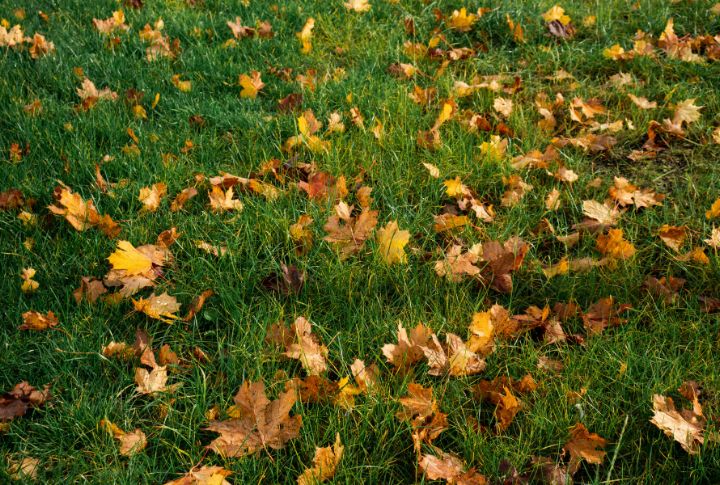
Leaving whole leaves sounds eco-friendly, but they’re basically suffocating your lawn. That thick blanket blocks sunlight and becomes pest central. Instead, mow over them to shred them into confetti-sized pieces. Your grass gets the air it needs, and those tiny bits decompose quickly into natural fertilizer.
Skip Fall Fertilizing—Plants Are Shutting Down
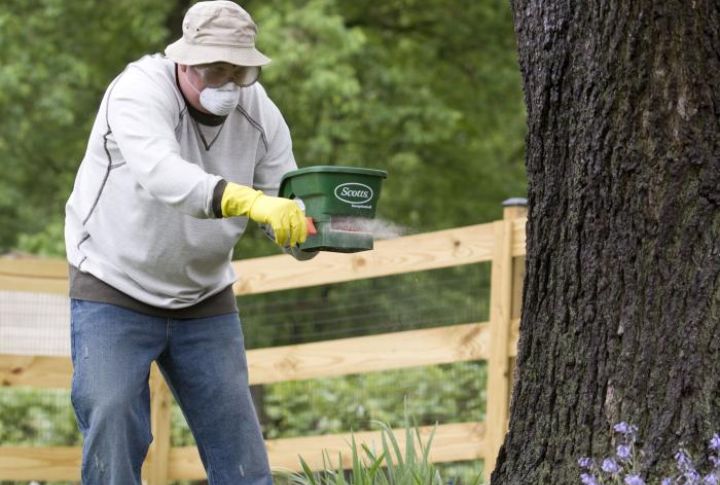
Plants are sneaky in the fall. They look sleepy, but their roots are wide awake and hungry. Those underground systems are busy storing nutrients from fall fertilizer, building strength for winter. Come spring, you’ll see the payoff when everything emerges healthier and more vigorous.
Fall Is Best For Pruning Trees And Shrubs
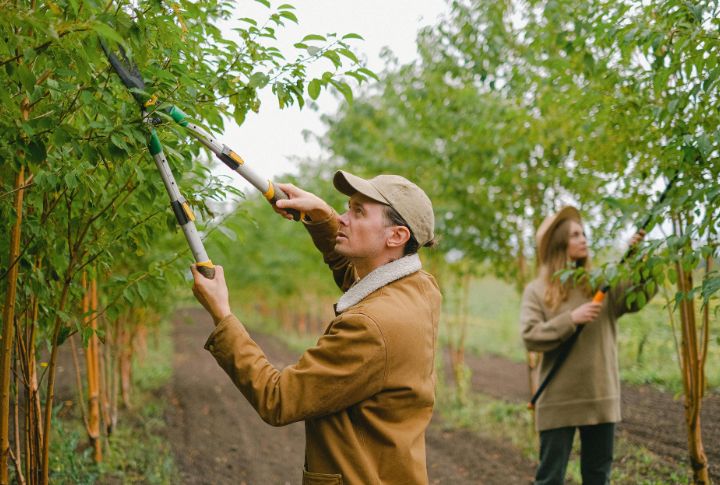
Sure, removing damaged or broken branches before winter makes sense because nobody wants those snapping off in a storm. But hold off on major pruning. Most shrubs have already set their spring blooms, and aggressive cuts can trigger fresh growth that’ll get zapped by frost. So, save the big trims for later.
Fall Temperatures Prevent Successful Planting
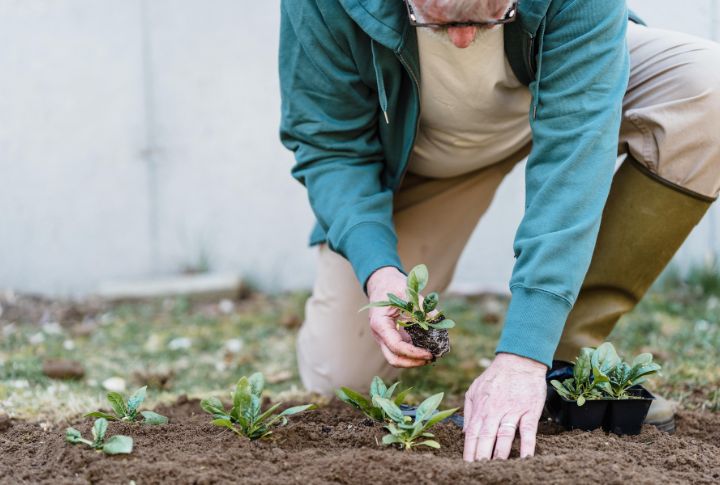
Cold weather doesn’t mean game over for planting—it’s actually prime time for some plants. Fall’s cool temps and moist soil let trees and shrubs like red maple, white oak, and flowering dogwood focus all their energy on growing strong roots. They spend winter establishing underground, then explode with growth come spring, thereby outperforming their spring-planted cousins.
Plants Don’t Need Water In Cooler Weather
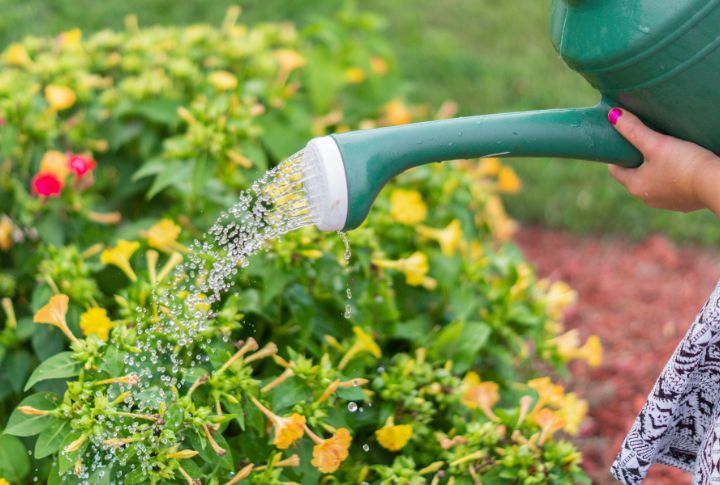
Despite chilly temps, roots are in full growth mode below and still need regular drinks. Sporadic fall rain isn’t reliable enough to keep them properly hydrated. Deep watering through autumn, particularly for new plants, sets them up for winter success instead of stress.
Fall Mulching Leads To Root Rot
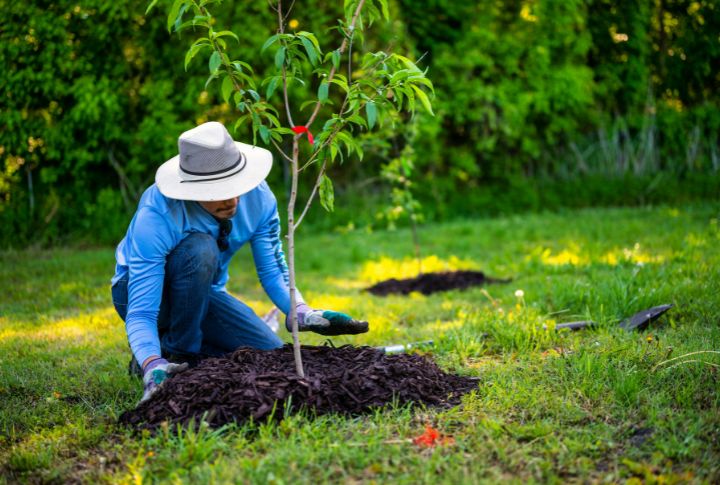
Stop fearing fall mulch. Done right, it’s plant protection gold, moderating soil temperature swings and creating a buffer through winter’s mood swings. Worried about pests? Wood chips actually don’t attract termites or rodents. It’s smart gardening, not risky business.
Pest Control Can Wait Until Spring
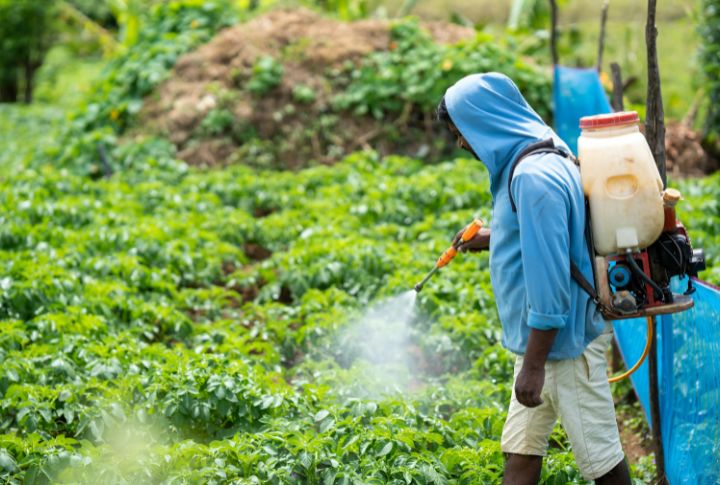
Fall marks a critical turning point in the pest lifecycle, as insects seek winter shelter in garden debris and soil, laying eggs among fallen leaves. Without autumn pest control and thorough cleanup, these overwintering populations survive to multiply. They turn what could have been managed in the fall into a full-blown spring infestation.
Lawn Aeration Should Only Be Done In The Spring
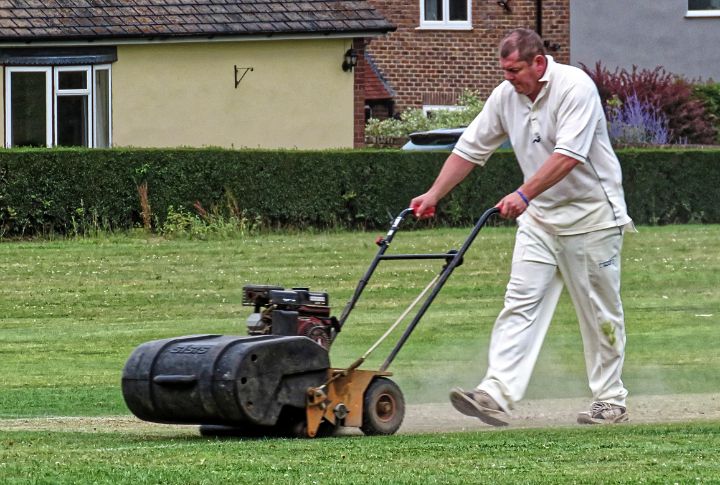
This is the perfect season for aeration since the grass roots grow wild underground. Poking those holes loosens packed soil, breaks up thatch, and lets water soak in better. Do it now, and you’ll have a thicker, healthier lawn by spring.
Clear Out Wilted Plant Material In The Fall
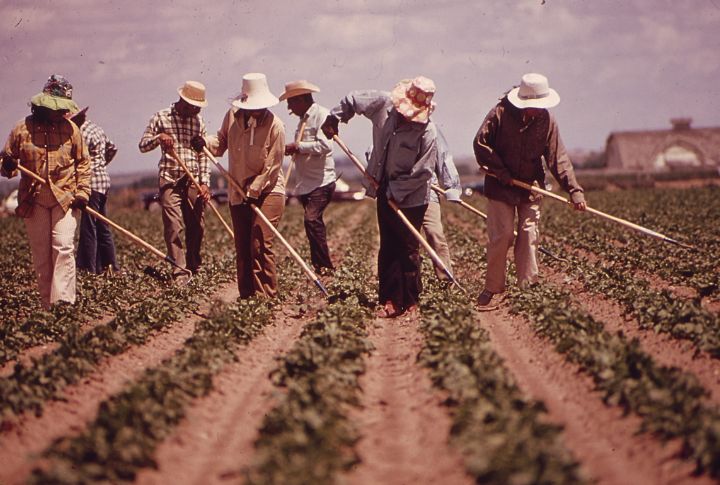
Before you cut everything down, consider this: wilted plants support an entire ecosystem. They’re winter housing for pollinators, feeding stations for songbirds, and built-in insulation that protects roots from temperature swings. As a bonus, they give your garden structure when everything else is bare and brown.

